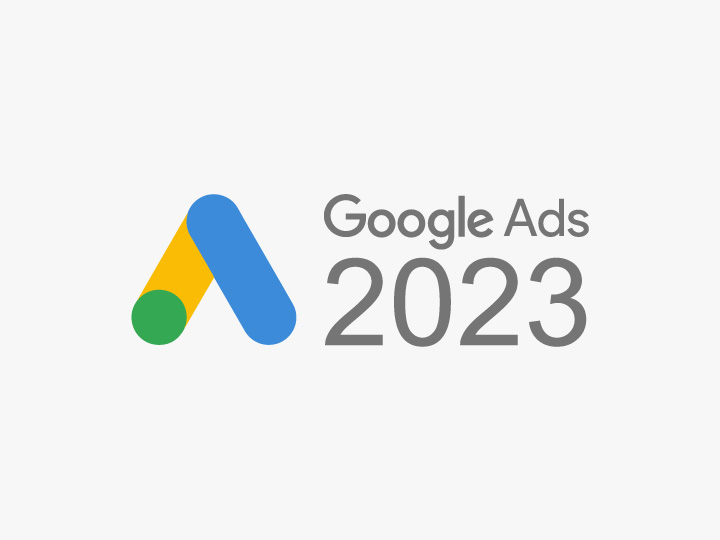What To Expect From Google Ads In 2023?
It is difficult to predict exactly which updates and changes will be made to Google Ads in 2023, as the platform is constantly evolving based on user’s behavior and market’s trends. Nevertheless, some of the areas that will get the focus of attention in the future include:
Artificial intelligence and machine learning technologies.
To improve ad targeting and optimization, Google has invested heavily in artificial intelligence and machine learning technologies and will likely continue to use these technologies to improve ad targeting and optimization in the future.
This could include using artificial intelligence to better understand user intent and behavior, in order to optimize ad placement and delivery. In addition, it is likely to continue integration of its various products, such as Google Analytics and Google My Business, to provide a more coherent and unified experience for users. This integration will allow advertisers to access more data and insights, which they can use to make more informed decisions about their advertising campaigns and improve ROI.
Increased integration with other Google products, such as Google Analytics and Google My Business
As mentioned above, Google is likely to continue integrating its various products to provide a more coherent and unified experience for users.
For example, by integrating Google Analytics, advertisers will be able to see how their ads are performing in terms of website traffic, conversions, and more. By linking their Google Ads account with Google My Business, advertisers can also access more information about their physical location, such as customer reviews, photos and more. Subsequently, this information can be used to create more relevant and effective advertisements that target customers based on their location and interests.
Overall, the integration of Google products will provide more data, insights and opportunities for advertisers to reach their target audience and achieve better results.
Improved measurement and performance capabilities to better track ROI.
This will include the development of new metrics and tools that provide a more complete picture of advertising performance across channels and devices. An example of this is the development of cross-device tracking, which allows advertisers to track the path customers take before conversion, regardless of the device they are using. This will help advertisers understand which touchpoints are most effective in increasing conversions and optimize their campaigns accordingly. Another example is the development of new attribution models, such as data-driven attribution, which uses machine learning to assess the impact of individual touchpoints on conversions.
This will allow advertisers to make more accurate decisions about where to allocate their budget and improve overall ROI. Overall, Google Ads will continue to invest in measurement and attribution capabilities to provide more data, insights and opportunities for advertisers to track ROI and optimize their campaigns for better results.
More emphasis on mobile optimization and mobile advertising
Mobile optimization and mobile advertising are likely to be an area of focus for Google Ads in the future. With the increasing number of people accessing the internet via mobile devices, it is becoming increasingly important for advertisers to optimize their campaigns for mobile.
Google Ads has already begun to adapt to this trend, introducing new mobile-specific features such as click-to-call ads, location-based targeting, and mobile app install ads. In the future, it’s likely that Google will continue to develop these features and create new ones, specifically designed for mobile ads.
An example of this is using mobile-specific ad formats such as AMP (Accelerated Mobile Pages) ads designed to load quickly and smoothly on mobile devices. This will make the mobile browsing experience more seamless and therefore more likely to convert. Another example is the use of location-based targeting, which allows advertisers to target customers based on their physical location.
This is especially useful for businesses that rely on foot traffic, such as local shops or restaurants. Overall, Google Ads will continue to emphasize mobile optimization and mobile advertising to help advertisers reach their target audience and ensure better results.
Stay up to date with the latest Digital News!
CONTACT US


